Forget Inflation: Bitcoin Rallies When The Dollar Falls, Study Finds


According to NYDIG research , Bitcoin’s price moves are driven more by the strength of the US dollar and broad liquidity conditions than by direct ties to inflation.
Greg Cipolaro, NYDIG’s global head of research, said the data show weak and inconsistent links between inflation measures and Bitcoin. That view shifts attention away from the old narrative that Bitcoin is mainly an inflation hedge.
Inflation Link Weak
Cipolaro argued that expectations for inflation are a slightly better signal than headline inflation readings, but still not a tight predictor of Bitcoin’s price .
Instead, Bitcoin and gold both tend to gain when the US dollar weakens. While gold’s inverse relation with the dollar is long established, Bitcoin’s opposite movement to the dollar is newer but visible.
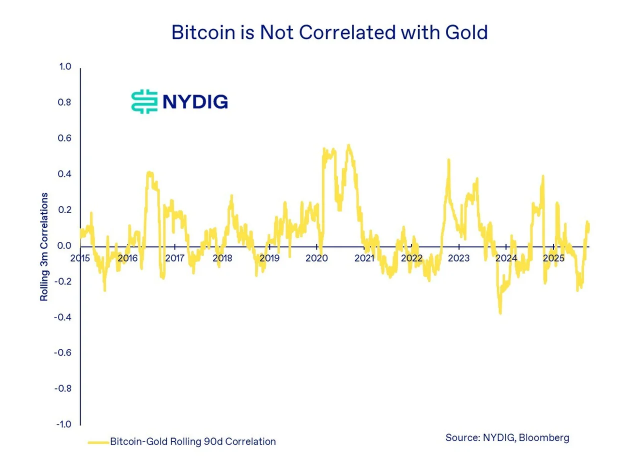
Gold And Bitcoin React To Dollar Moves
Based on reports, gold has historically climbed as the dollar falls. Bitcoin is following that pattern, though its correlation is less steady than gold’s.
As Bitcoin becomes more connected with mainstream finance, NYDIG expects that its inverse relationship with the dollar will likely strengthen.
This makes sense to traders who price everything in dollars and seek alternatives when the greenback loses purchasing power.
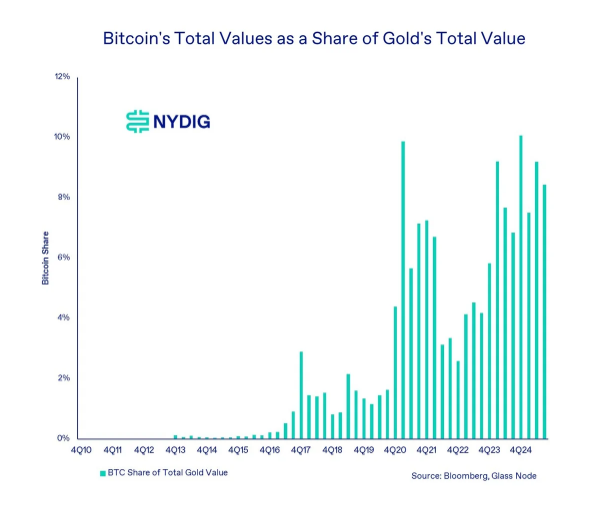
Cipolaro highlighted interest rates and money supply as the two major macro levers that move both gold and Bitcoin.
Lower interest rates and looser monetary policy have tended to support higher prices for these assets.
In simple terms: when borrowing costs drop and liquidity rises, Bitcoin often benefits. The note framed gold as more of a real-rate hedge, while Bitcoin is described as acting like a gauge of market liquidity — a subtle but important distinction for investors.
On-chain data show signs of renewed selling. Reports say illiquid Bitcoin — coins held in long-dormant wallets — fell from 14.38 million earlier in October to 14.300 million on the 23rd of October.
That change means roughly 62,000 BTC, worth about $6.8 billion at recent prices, moved back into circulation. In the past, large inflows did exert price pressure. In January 2024, a substantial sum of coins came available that caused the price momentum to soften.
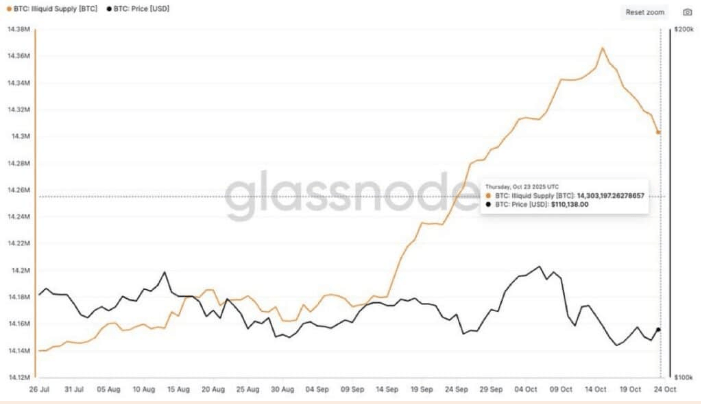
According to Glassnode data, there has been a consistent selloff from wallets holding from 0.1 to 100 BTC, and first-time buyer supply has contracted down to ~213,000 BTC.
The overall assessment from a macro perspective and on-chain metrics is not favorable. Demand from new buyers appears to be lighter, momentum traders appear to have stepped aside, and more coins are now available to trade. This combination can blunt rallies or deepen pullbacks until liquidity conditions improve or the dollar weakens.
Featured image from Gemini, chart from TradingView
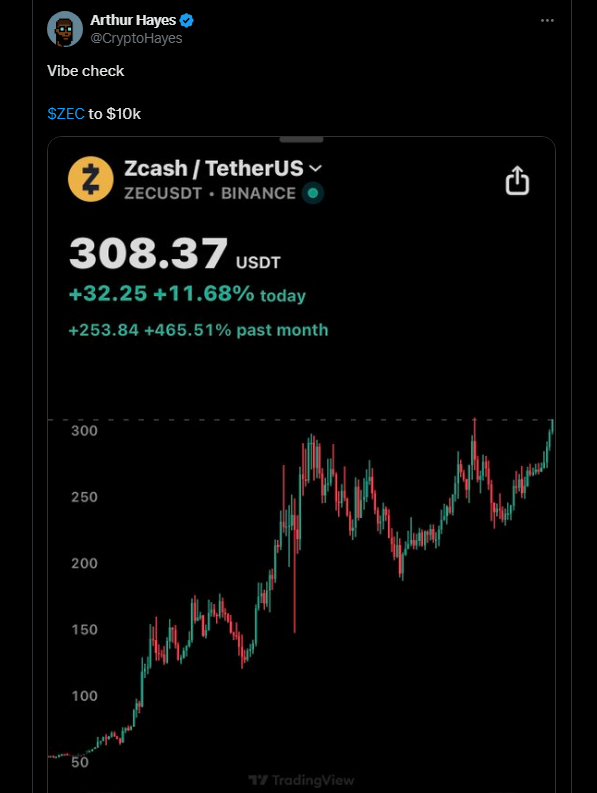
$10K Is Coming: Arthur Hayes’ Zcash ‘Vibe Check’ Sparks 30% Moonshot
According to market snapshots, Zcash rose about 30% in a 24-hour span, moving from roughly $272 to a...
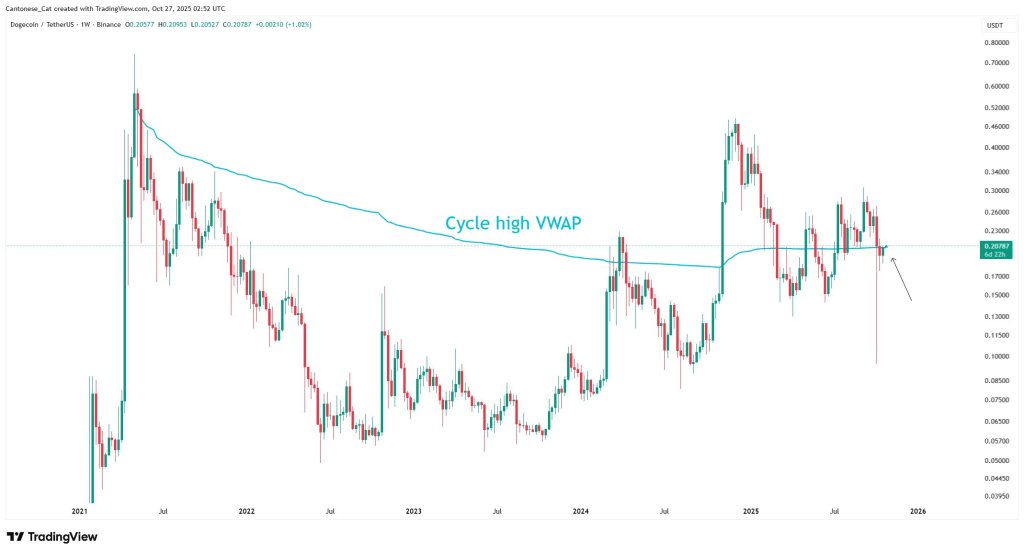
Dogecoin Is Waking Up: 4 Bullish Signals You Can’t Ignore
The Dogecoin weekly chart is flashing a cluster of technically constructive signals, according to cr...

100% Of Bitcoin Bull Market Peak Indicators Remain Untouched, Is There Still Room To Run?
Over the years, a number of indicators have emerged that have often helped to pinpoint the Bitcoin b...

